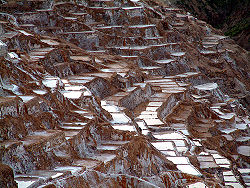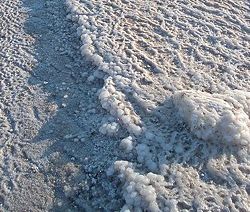User:Milton Beychok/Sandbox: Difference between revisions
Jump to navigation
Jump to search
imported>Milton Beychok |
imported>Milton Beychok |
||
| Line 1: | Line 1: | ||
==Salt refining== | ==Salt refining== | ||
{{main|Salt refining}} | {{main|Salt refining}} | ||
| Line 62: | Line 5: | ||
{{Image|Inca salt ponds.jpg|right|250px|Inca salt ponds in Peru.}} | {{Image|Inca salt ponds.jpg|right|250px|Inca salt ponds in Peru.}} | ||
{{Image|Dead Sea salt.jpg|right|250px|Salt in the Dead Sea, Ein Gadi, Israel.}} | {{Image|Dead Sea salt.jpg|right|250px|Salt in the Dead Sea, Ein Gadi, Israel.}} | ||


